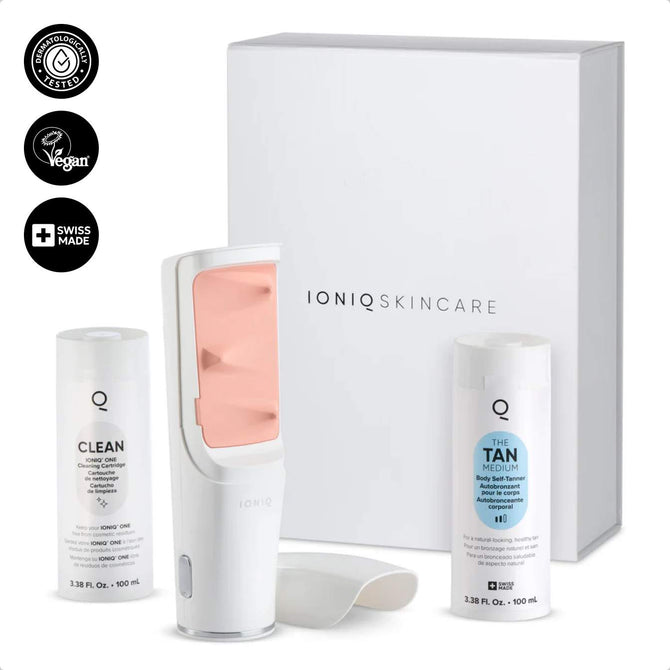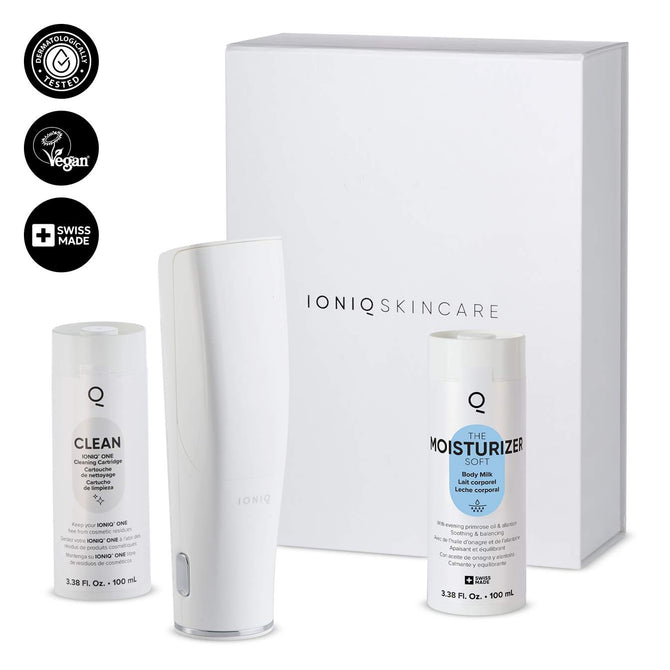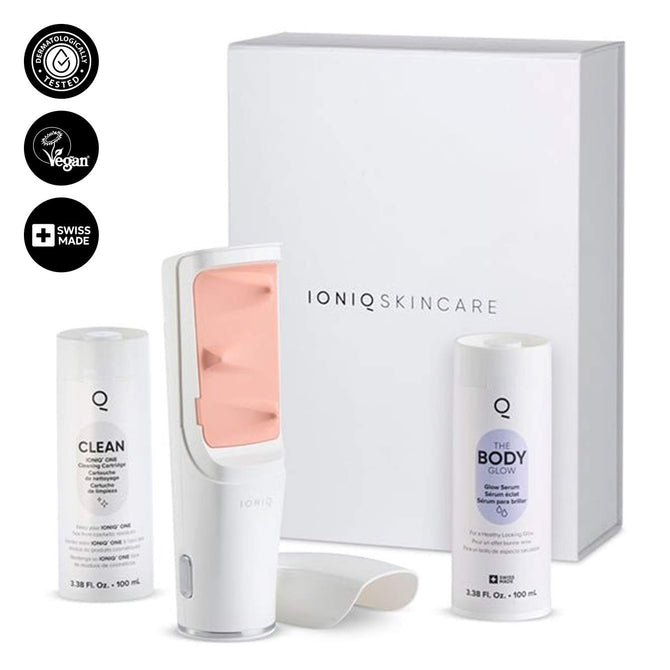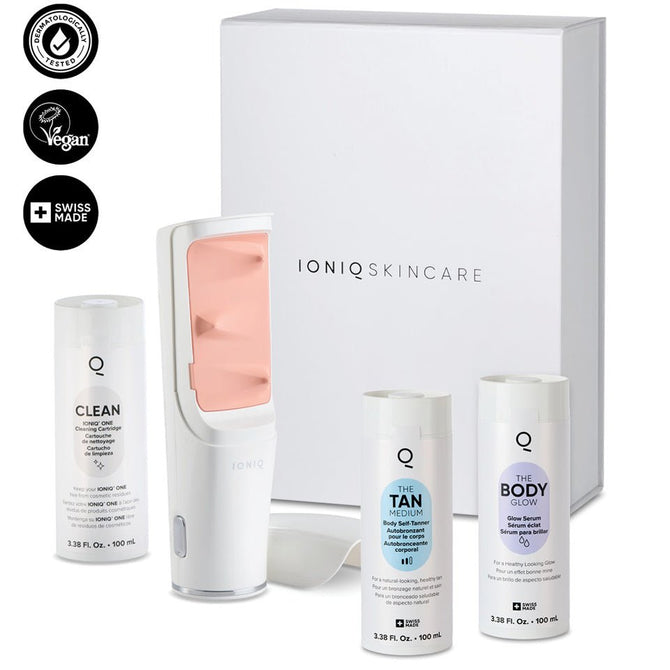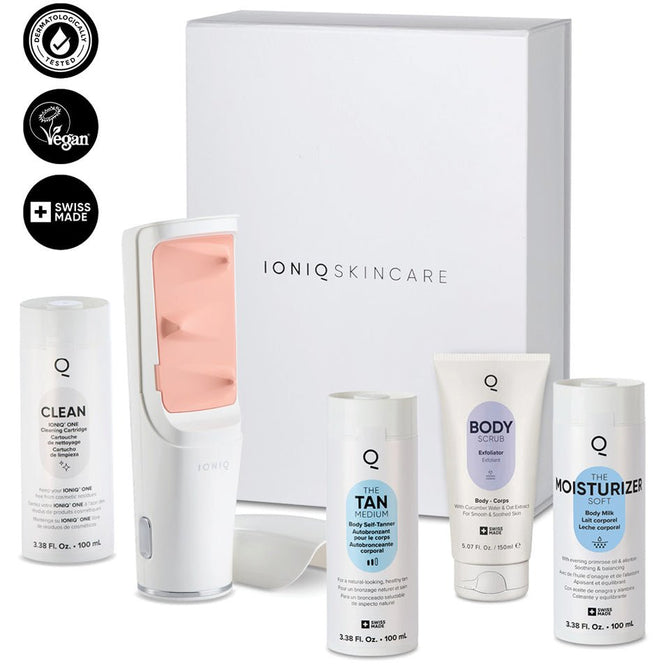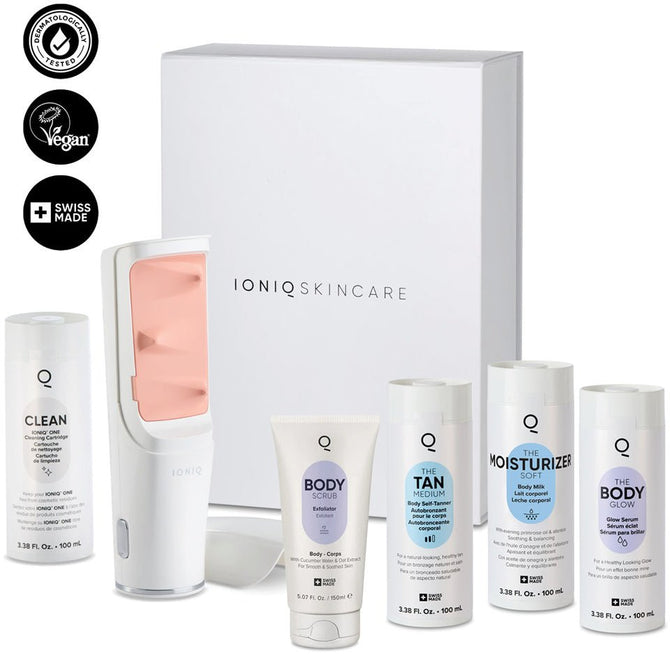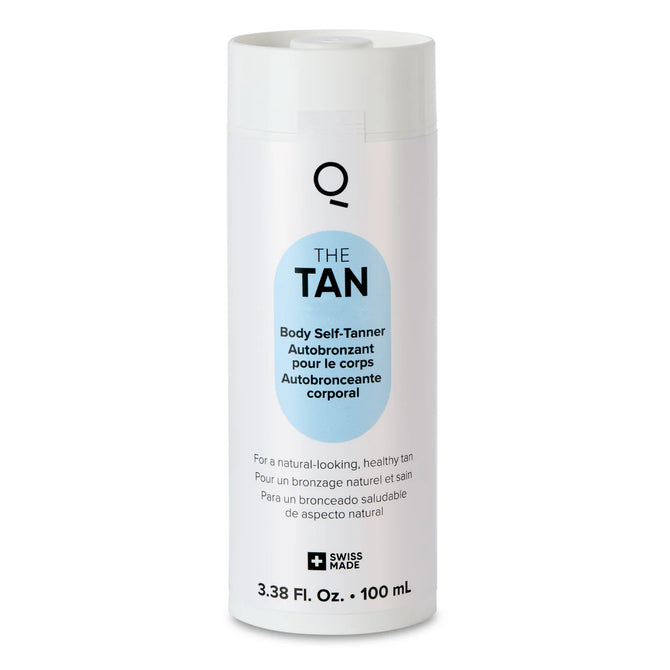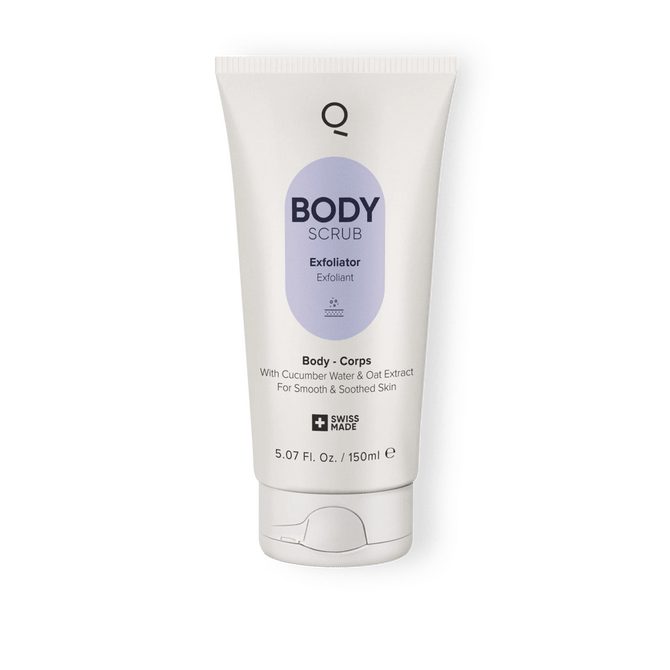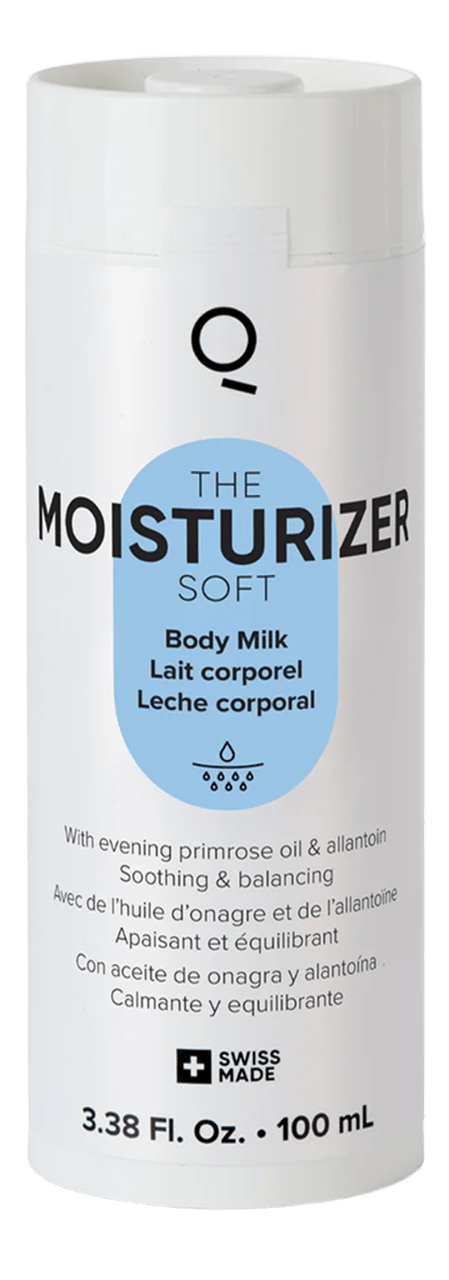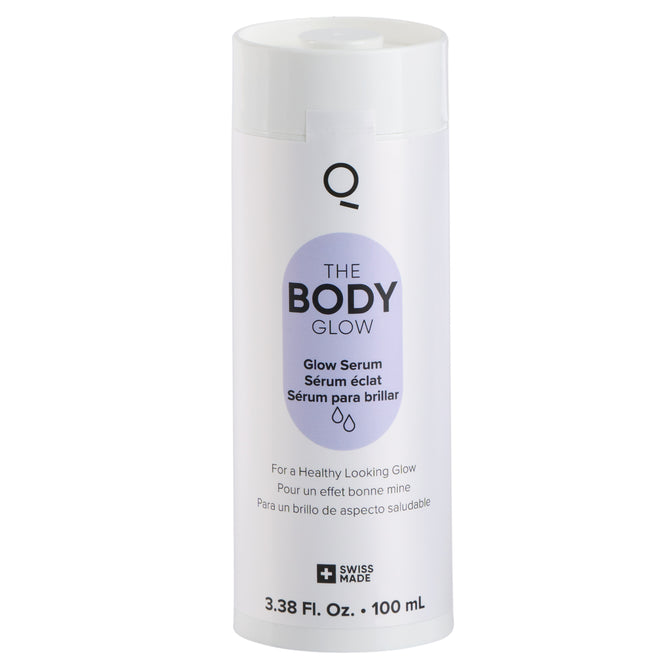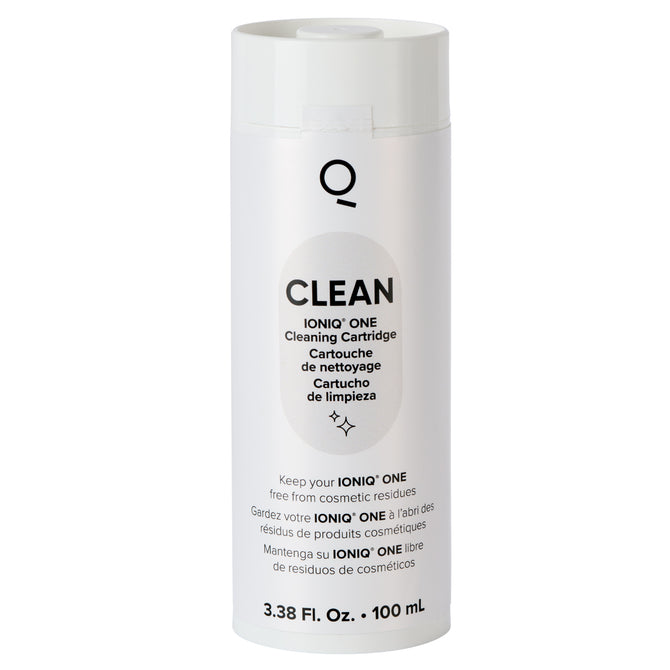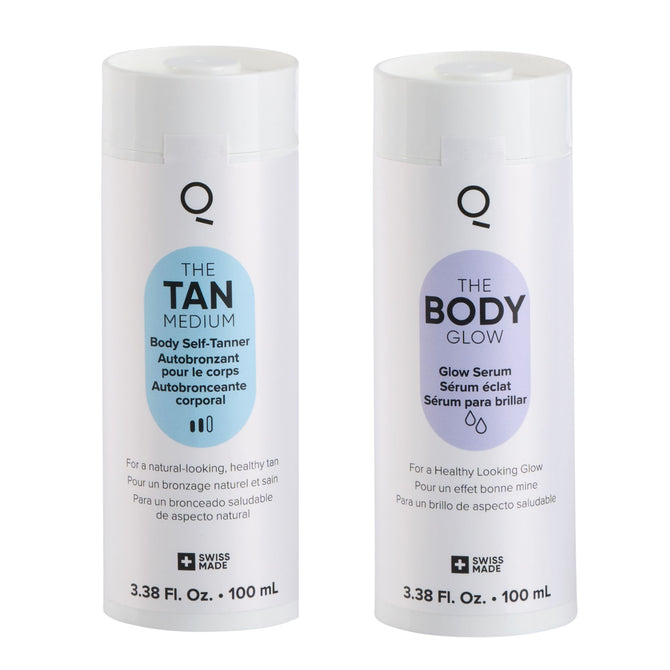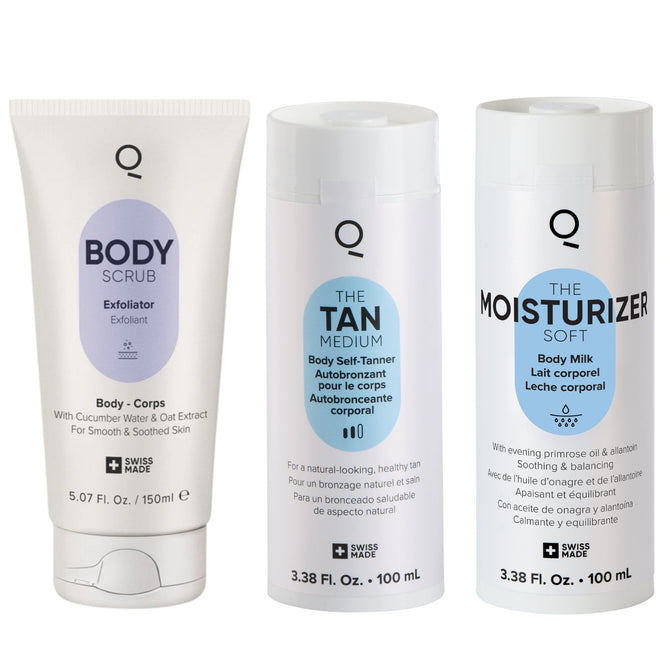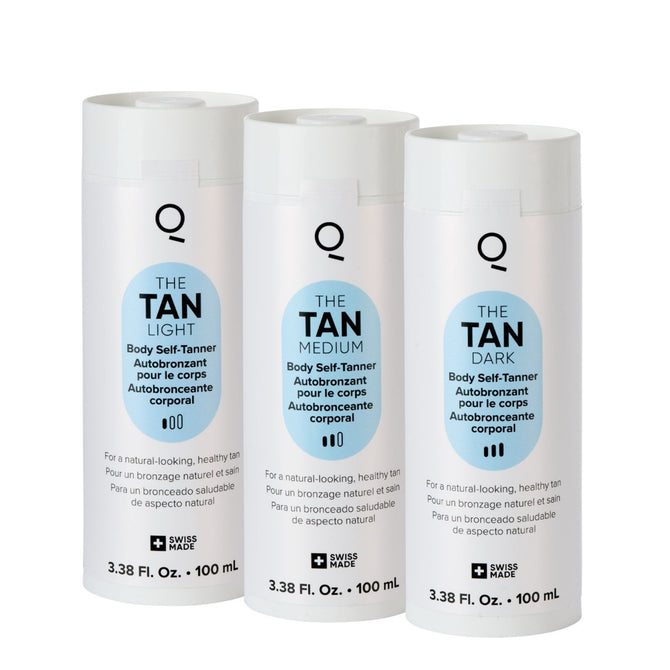
What Is DHA in Self Tanner and Why Does It Matter?
Understanding how self tanner works starts with one key ingredient: DHA. For anyone wondering how does DHA self tanner work, the answer lies in the way this compound interacts with your skin. DHA, or dihydroxyacetone, is what makes most self-tanning products possible – and it’s been the industry standard for decades.
But just because it’s common doesn’t mean it’s fully understood by everyone using it. Whether you’re applying a mousse, a lotion, or a mist, if it’s a sunless tanner, it probably relies on DHA to create that bronzed look. This section explores exactly what DHA is, why it’s used so widely, and how it transforms your skin without the need for UV rays.
By breaking down the science and the source of DHA, you’ll get a clear picture of how does DHA self tanner work – and why this active ingredient still dominates most self-tanning formulas today.
The Science Behind DHA: What Actually Causes Your Skin to Tan
To understand how does DHA self tanner work, you have to understand what happens when DHA touches your skin. Unlike tanning from the sun or a tanning bed, DHA doesn’t interact with melanin. It doesn’t involve UV light, and it doesn’t stimulate pigment production. Instead, it works purely on the surface of the skin.
How the Reaction Happens
DHA is a sugar-derived compound that reacts with amino acids found in the outermost layer of your skin – the stratum corneum. This top layer is made up of dead skin cells, which your body constantly sheds and renews. When DHA contacts this layer, it triggers what’s called the Maillard reaction.
The Maillard reaction is a form of non-enzymatic browning. It’s the same basic chemical reaction that gives grilled food its golden-brown crust. On your skin, this reaction causes amino acids to interact with DHA and form brown-colored compounds called melanoidins. These melanoidins are what give your skin that temporary tanned appearance.
Here’s what’s important: the color you see isn’t permanent and it isn’t related to actual sun exposure. The browning only occurs on the very surface of your skin. As your body naturally exfoliates, the tan fades along with the dead skin cells.
Why It’s Considered Safe for Topical Use
Because DHA only affects the outer layer of skin, it’s not absorbed into the bloodstream. This surface-level action makes it a popular alternative to UV tanning. When used as directed, DHA-based products are considered safe by regulatory agencies and dermatologists alike. However, how does DHA self tanner work is still tied to variables like pH balance, product formulation, and your skin’s natural condition – all of which affect how well the color develops and how long it lasts.
Where DHA Comes From and Why It’s Used in Most Self-Tanners
Now that we’ve covered the chemistry behind how does DHA self tanner work, let’s talk about where this ingredient actually comes from and why it continues to dominate the tanning market.
Natural Origins
DHA was first identified in the 1920s and has been used in self-tanners since the 1960s. DHA is often derived from natural sources like sugar beets, sugar cane, or fermented glycerin. These sources are processed into the active DHA ingredient that appears in most tanning products today.
The appeal of DHA is its simplicity: it doesn’t require sun exposure, and it can be produced at scale from readily available plant-based materials.
Why Most Brands Still Use It
The reason DHA continues to be the go-to ingredient in self tanning products is straightforward: it works. Even after decades on the market, no other tanning compound has delivered the same balance of safety, effectiveness, and shelf stability.
DHA has a long track record of:
-
Consistently delivering color
-
Being approved for cosmetic use by regulatory bodies worldwide
-
Offering users a sun-free tan without UV risks
So when asking how does DHA self tanner work, you’re really asking how this one ingredient, used correctly, can replace tanning beds or long hours in the sun.
Why Alternatives Haven’t Replaced It
Over the years, cosmetic chemists have explored alternatives to DHA, but none have matched its performance. Some competitors deliver less predictable results, cause irritation, or fail to deliver color on a wide range of skin tones. That’s why – even in premium formulations – DHA remains the core tanning agent.
That said, just because DHA is the active ingredient doesn’t mean all self-tanners are created equal. The difference comes from how it’s delivered, how the skin is prepared, and how even the application is.
This is why users often ask: “How does DHA self tanner work better in some products than others?” The answer lies in everything surrounding the DHA – not just the molecule itself.
Skin type, environment, and product pH all matter. Even with the same concentration of DHA, results can vary widely based on your skin’s texture, moisture levels, and pH. External factors like humidity, temperature, and exfoliation timing also influence how the DHA reaction develops.
When asking how does DHA self tanner work well, the bigger question becomes: how can it be delivered better?
<!-- split -->
Common Problems with Traditional DHA Self-Tanners
Understanding how does DHA self tanner work helps explain why so many people experience frustrating results. While DHA itself is consistent as an active ingredient, the way it’s delivered often leads to streaks, uneven patches, or unnatural tones.
Streaks, Patchiness, and Orange Tones
Traditional tanning mousses, lotions, and creams rely heavily on manual application. Skin isn’t a flat surface, and even small inconsistencies in coverage lead to visible results once the DHA develops.
Dry areas like elbows, knees, and ankles absorb more product, causing darker patches. Overapplication or frequent layering can lead to orange tones. Overlapping strokes often result in overdeveloped zones that take longer to fade.
Messy Hands, Missed Spots, and Transfer
DHA reacts with proteins – including those on your hands and nails. This causes stained palms, cuticles, and knuckles. Hard-to-reach areas like the back are often missed entirely, while cosmetic bronzers transfer onto clothes and bedding.
Traditional self-tanners leave too much room for error, too much cleanup, and too much frustration.
But there’s a smarter way – one that starts with improving how DHA is applied to the skin.
<!-- split -->
How the IONIQ ONE Sprayer + TAN Elevates the DHA Tanning Experience
DHA isn’t the problem. Application is.
The IONIQ ONE Sprayer + TAN redefines how does DHA self tanner work by eliminating manual application altogether. Using Magnetic Skin Technology, a negatively charged mist is attracted directly to your skin, wrapping evenly around the body without rubbing.
Ultra-Fine, Even Coverage
The hands-free mist reaches difficult areas like the back, backs of arms, and behind knees with no assistance. DHA is distributed evenly, reducing buildup in dry zones and preventing streaks or patches.
No mitts. No gloves. No blending.
Clean, Colorless Application
The formula is colorless and bronzer-free, meaning no stained clothes or sheets. DHA develops naturally over time, without transfer during wear.
App-Guided Precision
The IONIQ app tracks coverage in real time, guiding your session and eliminating guesswork. Adjustable intensity settings allow users to control shade depth based on skin tone and preference.
When DHA is applied evenly and intentionally, it performs better – developing smoothly and fading evenly over 7 to 9 days.
You spend less time tanning and more time enjoying your results.
<!-- split -->
Final Take: DHA Works – But IONIQ Makes It Smarter
The science behind how does DHA self tanner work hasn’t changed. What has changed is how intelligently it can be applied.
Traditional self tanning relies on outdated tools that create inconsistency, mess, and frustration. IONIQ replaces that with precision, control, and confidence.
When DHA is delivered evenly, hands-free, and without guesswork, tanning becomes a routine – not a chore.
Once you start using DHA in a smarter way, you stop thinking about tanning as a task and start seeing it as a seamless part of your self-care routine.
<!-- split -->
Try IONIQ ONE Sprayer + TAN for a Smarter Self-Tanning Routine
At IONIQ, we don’t reinvent DHA – we unlock its full potential.
The IONIQ ONE Sprayer + TAN removes user error, reduces mess, and delivers consistent results every time. No stained sheets. No missed spots. No trial and error.
DHA works. It always has.
But smarter application changes everything.
With IONIQ, self tanning finally fits real life – effortlessly.

